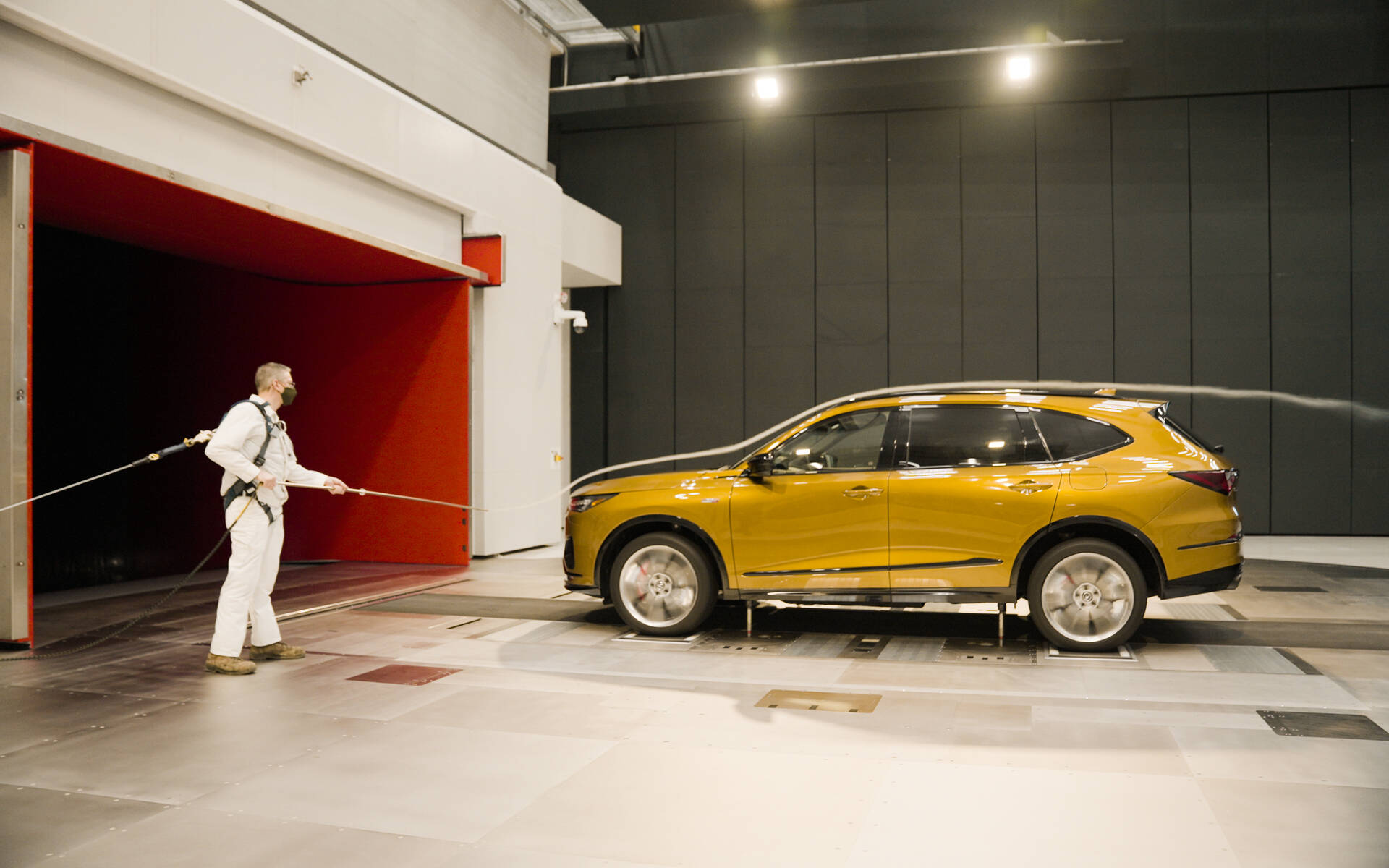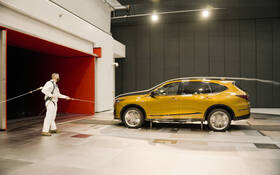Why Honda's World-Class New Wind Tunnel is a Big Deal
Honda has opened a new state-of-the-art wind tunnel facility that promises to “usher in a new era of development testing capabilities” for its products and of course those of its Acura luxury brand. This also includes the automaker’s race vehicles.
Wind tunnels are used in the auto industry to evaluate the aerodynamic performance of vehicles in order to make them sleeker, more agile and especially more fuel-efficient.
The one at the new Honda Automotive Laboratories of Ohio (HALO), which represents an investment of $124 million USD, can generate wind speeds of more than 310 km/h. A heat exchanger can adjust temperature inside the tunnel from 10-50 degrees Celsius.

There are three separate testing functions in one location including aerodynamics, aeroacoustics and racing.
The ability to slice through the air directly influences fuel economy or, in the case of electric vehicles, range. That’s why car companies have experimented with various spoiler designs and incorporated features such as underbody shields and flush-mounted door handles. Honda believes there’s still a lot of room for improvement and will use the HALO facility to develop its future EVs.
Furthermore, noise reduction becomes an important element in vehicle design, especially with EVs since wind noise is somewhat amplified by the absence of engine and exhaust sounds. Using the acoustic test system, Honda engineers will be able to identify the precise locations of both interior and exterior noise issues more quickly than ever before. A total of 502 directional microphones and cameras inside the wind tunnel will combine with 54 microphones inside the vehicle’s cabin.

As for racing, Honda will rely on the new wind tunnel to develop more advanced IndyCar and IMSA cars. Using a large test mat emulating the tarmac of a race track, engineers will be able to replicate a race car’s movements with high precision including lift under acceleration and nosedive when braking.
The HALO wind tunnel is the latest major investment in Ohio, where Honda has spent $14 billion USD over the past 40 years.












